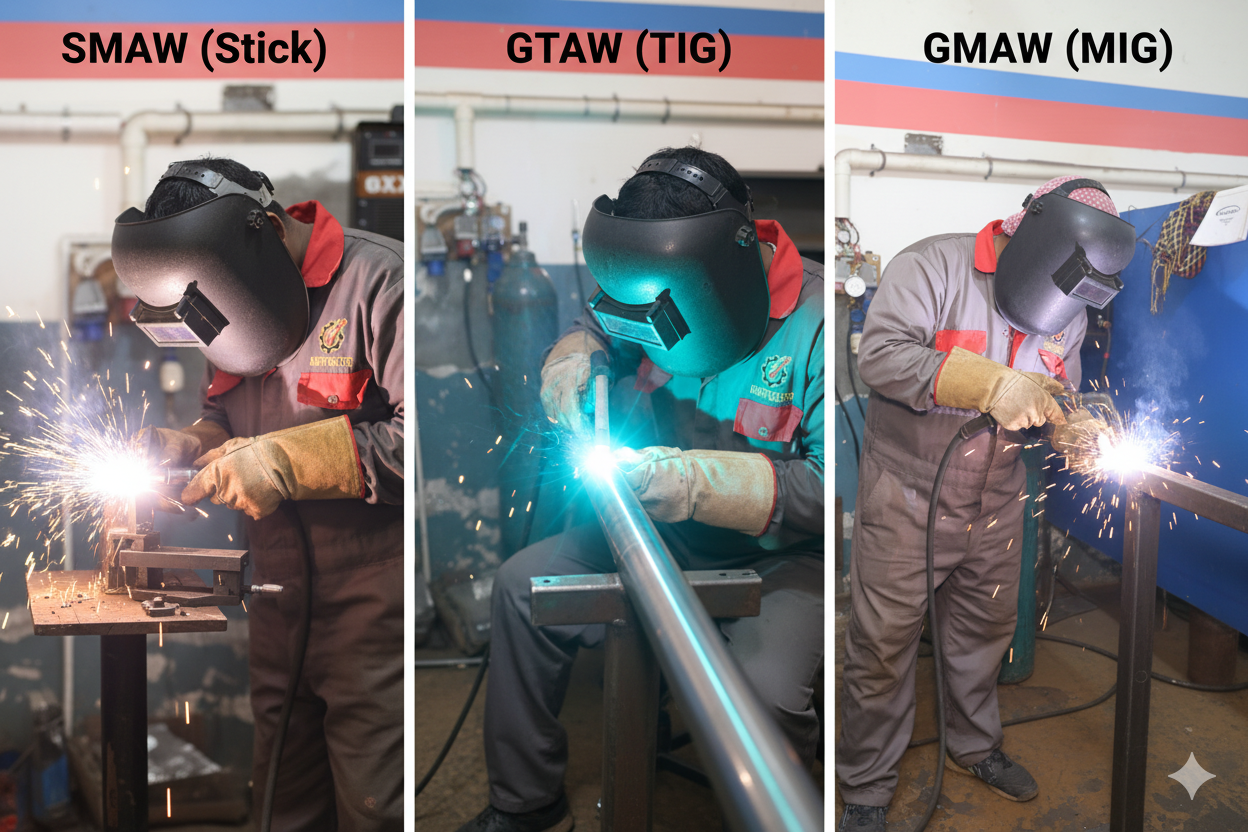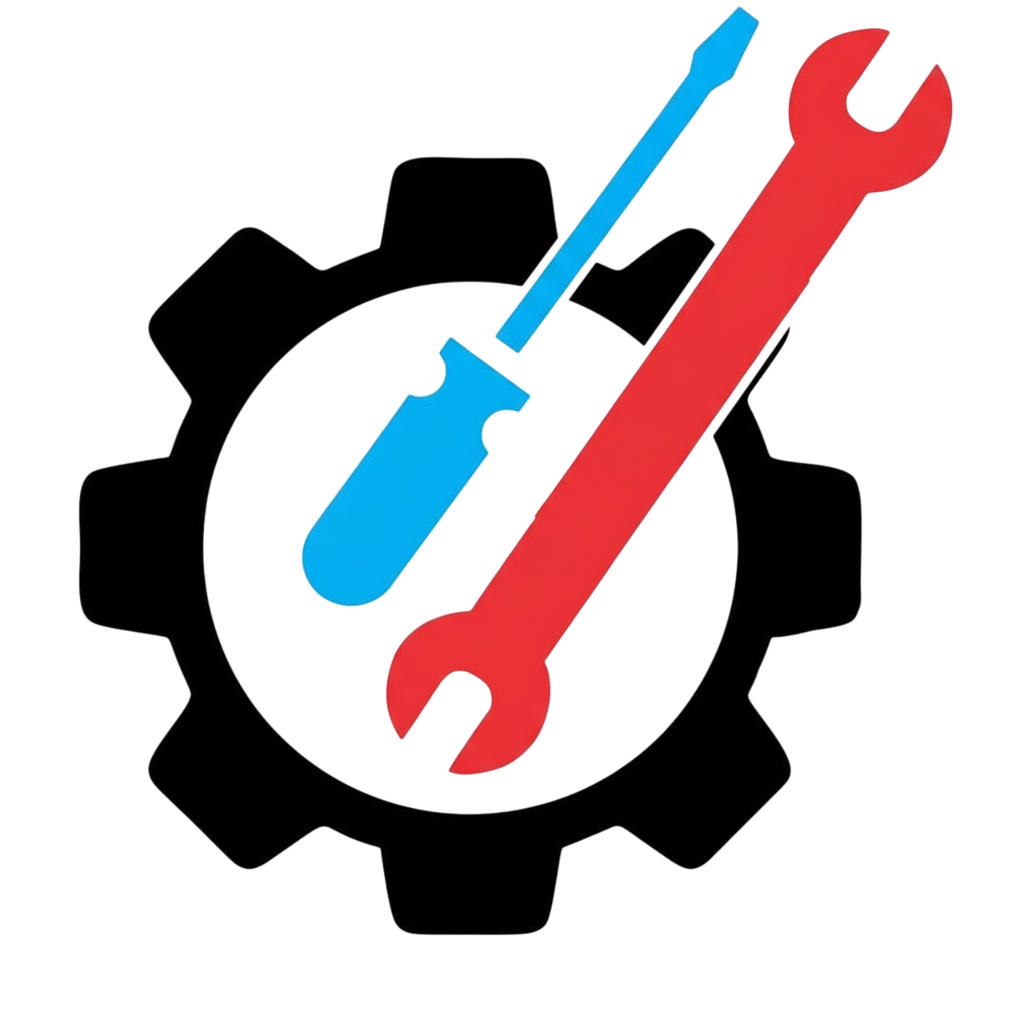
The Ultimate Guide to Choosing the Right Welding Process: SMAW vs. GTAW vs. GMAW
Posted by Shahid Abbas on October 4th, 2025
Understanding the Core Three
Choosing the right welding process is crucial for the quality, strength, and appearance of your final product. At Ashtar Trade Test & Technical Training Centre, we specialize in training for the most in-demand processes. Our premier welding course in Multan provides in-depth, hands-on experience with each of these methods. Let's break down the big three: SMAW, GTAW, and GMAW.
SMAW (Shielded Metal Arc Welding) - The Workhorse
Also known as 'Stick Welding', SMAW is one of the oldest and most versatile welding processes. It uses a consumable electrode coated in flux to lay the weld. You can use our SMAW Electrode Selector to find the right rod for your job.
Pros:
- Extremely versatile and can be used in various environments, including outdoors and in windy conditions.
- Requires less complex equipment and is more portable.
- Effective on dirty or rusty materials.
Cons:
- Creates significant spatter and requires extensive cleanup.
- Requires frequent rod changes, making it slower for long welds.
GTAW (Gas Tungsten Arc Welding) - The Artist's Choice
Commonly known as TIG or 'Argon' welding, GTAW uses a non-consumable tungsten electrode to produce the weld. The weld area is protected by an inert shielding gas. To get started, you might find our TIG Tungsten Size Selector helpful.
Pros:
- Produces high-quality, precise, and clean welds with a great appearance.
- Offers excellent control, making it ideal for thin materials and complex joints.
- No spatter, meaning minimal cleanup.
Cons:
- Requires a high level of skill and is a much slower process.
- Less portable and sensitive to wind, making it unsuitable for outdoor work.
- Requires very clean base metals for good results.
GMAW (Gas Metal Arc Welding) - The Speed Demon
Known as MIG (Metal Inert Gas) or CO2 welding, GMAW is the champion of speed. It uses a continuously fed solid wire electrode through a welding gun. A shielding gas protects the weld pool. Optimizing your gas usage is key, which you can learn about with our MIG Gas Flow Optimizer.
Pros:
- Very fast welding speeds, making it excellent for production environments.
- Easy to learn compared to TIG welding.
- Can weld a wide variety of metals and thicknesses.
Cons:
- Equipment is more complex and less portable than SMAW.
- Like TIG, it is sensitive to wind and requires clean materials.
At Ashtar TTC, our main welding course provides hands-on training in all three processes to ensure our graduates are prepared for any challenge in the global job market, a journey we detail in our guide to overseas employment.
